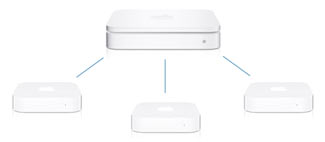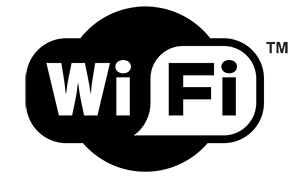Getting Gigabit Networking on a Raspberry Pi 2, 3 and B+
tl;dr You can get Gigabit networking working on any current Raspberry Pi (A+, B+, Pi 2 model B, Pi 3 model B), and you can increase the throughput to at least 300+ Mbps (up from the standard 100 Mbps connection via built-in Ethernet).
Note about model 3 B+: The Raspberry Pi 3 model B+ includes a Gigabit wired LAN adapter onboard—though it's still hampered by the USB 2.0 bus speed (so in real world use you get ~224 Mbps instead of ~950 Mbps). So if you have a 3 B+, there's no need to buy an external USB Gigabit adapter if you want to max out the wired networking speed!

 I was recently in Chicago, lamenting the fact that, to use the Boingo WiFi at the airport for a mere half hour, I'd need to pay $6.95; rather than pay this outrageous amount (since I already have an iPhone with Internet access, and the WiFi would be a convenience, I looked to Google for some help.
I was recently in Chicago, lamenting the fact that, to use the Boingo WiFi at the airport for a mere half hour, I'd need to pay $6.95; rather than pay this outrageous amount (since I already have an iPhone with Internet access, and the WiFi would be a convenience, I looked to Google for some help.